How to Decrease Water pH in Vannamei Shrimp Ponds
However, pH levels can become too high, exceeding the ideal range of 7.8-8.5 due to feed input and high phytoplankton density. An overly high pH, especially above 10, increases the toxicity of ammonia in water and triggers shrimp death. This also occurs during periods of extreme pH fluctuations, such as fluctuations above 0.5 in a day. To avoid this, farmers need to lower the pH of their pond water.

How to Decrease Pond Water pH
1. Changing the water
Changing the water should be done if the increase in daily pond water pH exceeds 0.5. Before adding water, sterilize it and conduct water quality measurements to ensure that the new water has fulfilled the required parameters. Then, homogenize it using paddle wheels and discard water from the bottom of the pond. The recommended water volume to change is 10%, but in cases where the pH is too high due to excessive ammonia, changing the water at a volume of 25-50% is advisable. Changing the water should be done gradually to avoid stress in shrimp.
2. ontrolling phytoplankton growth
An overly high phytoplankton population may cause changes in water quality due to their photosynthetic activity, which reduces water CO₂ levels and increases pH. One way to control phytoplankton population is by cleaning the bottom of the pond through siphoning, along with pond water circulation by discarding water in the morning and adding new water in the evening. Another step that can be done is treatment of Bacillus bacteria culture in the morning. Also, limit light intensity in the farm by installing a roof or black net over the pond if possible.
3. Avoiding overfeeding
Overfeeding or administering excessive feed can increase the accumulation of waste products such as ammonia, nitrite, and nitrate. These compounds increase pH and pose a danger to shrimp. Avoid overfeeding by giving feed according to the shrimp’s DoC and needs. Check feeding trays routinely to monitor shrimp appetite and determine feed doses accurately.
4. Giving probiotic treatments
Probiotics are beneficial bacteria in shrimp cultivation. One role of probiotics such as Nitrosomonas and Nitrobacter is breaking down compounds such as ammonia and nitrite, thereby controlling water pH. To give probiotic treatment, apply them by mixing in feed or water media.
5. Installing pond liners
This final step can be conducted if you are cultivating in earthen ponds. The mineral content in the soil can cause the water pH to rise too high, which can be mitigated by installing a liner.
Cre: jala.tech
Contact AQUA MINA for consultation and supply of aquaculture round tanks and aquaculture equipment for high-tech shrimp farming.
- Address: 685 National Highway 1A, Binh Hung Hoa Ward, Binh Tan District, Ho Chi Minh City
- Phone: 1800 6071 (Toll-free hotline)
- Email: sales@aquamina.com.vn or oversea@aquamina.com.vn
Aqua Mina's distributor in Japan: REX INDUSTRIES CO., LTD
- Address: 1-9-3 Hishiya-Higashi, Higashi-Osaka 578-0948 JAPAN
- Email: kimakubo@rexind.co.jp
- Phone: +81-(0)72-961-9893
- Website: http://www.rexind.co.jp/e/

WE WORK FOR YOUR SUCCESS!
Ngày đăng : 27/02/2025
2592 View
Other Articles
Vietnamese shrimp and catfish choose a sustainable path in global competition
End-of-Season Shrimp Prices Reach Record Highs
Norway – Russia Reach Barents Sea Fisheries Agreement for 2026
Cà Mau strengthens traceability to enhance the competitiveness of the shrimp industry.
Cold stress: Effects on the plasma characteristics of whiteleg shrimp.
A new breakthrough in the prevention of diseases caused by the microsporidian parasite EHP in shrimp farming
Vietnam’s shrimp export outlook in the first quarter of 2026 continues to face heavy pressure from tariffs.
New England’s shrimp fishery to shut down for the long haul after years of decline
Crab exports to the United States account for more than 80%.
Thailand sets a target to increase shrimp production to 400,000 tons by 2026.
CTU-RAS: Recirculating Shrimp Farming for Sustainable Development
Vietnamese aquatic products reach new markets








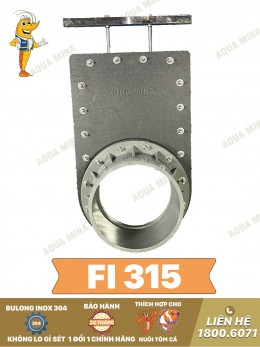
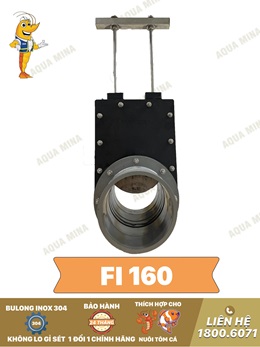
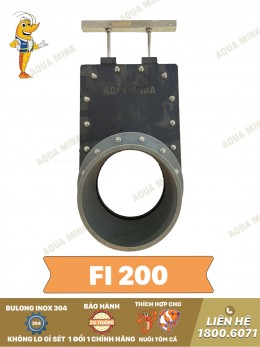
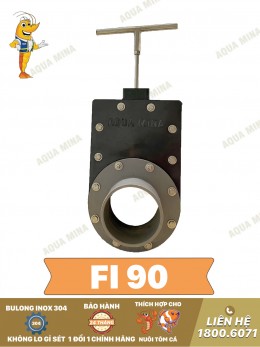
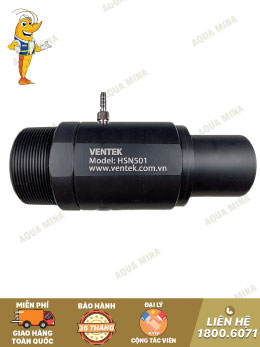
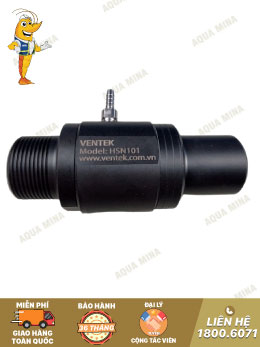

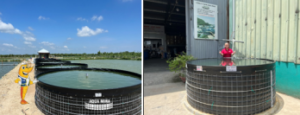
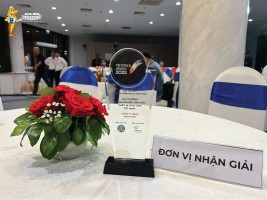
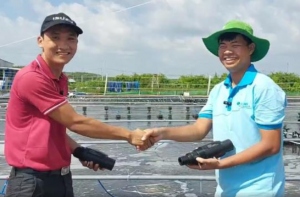
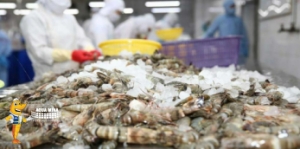
.jpg)